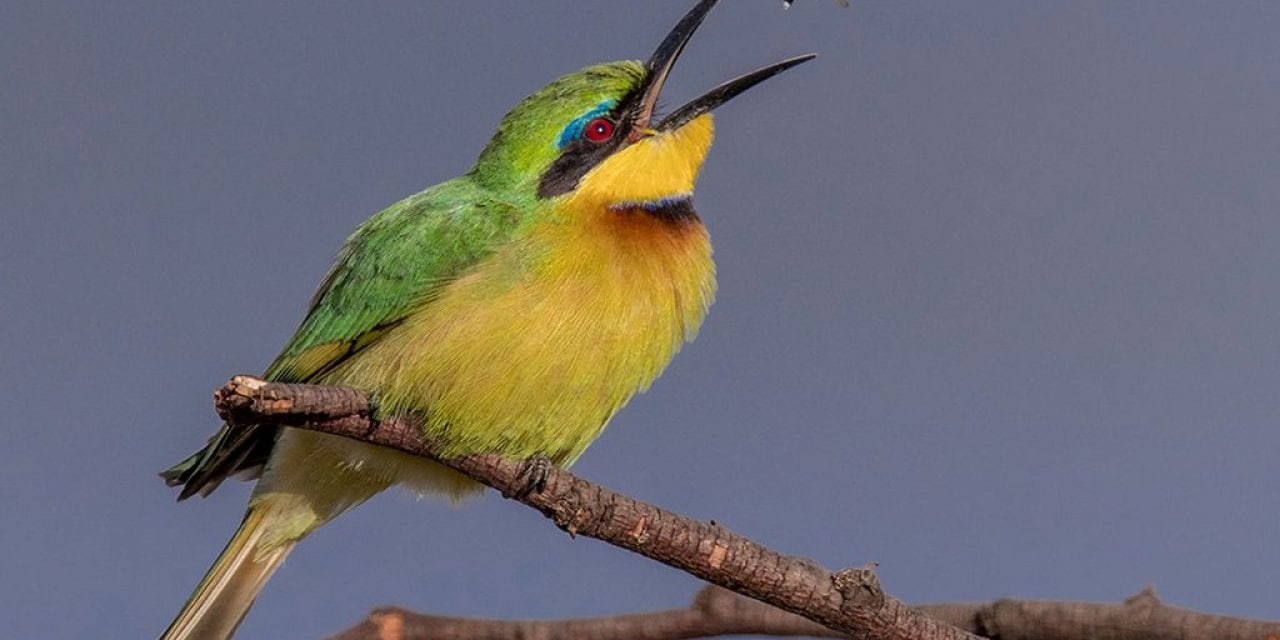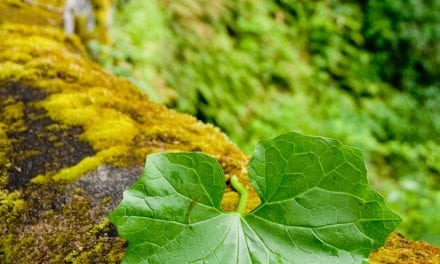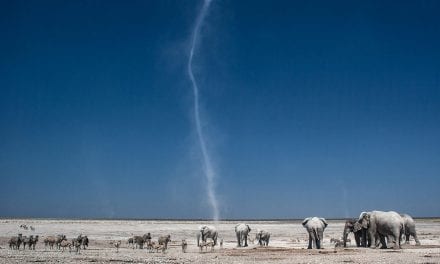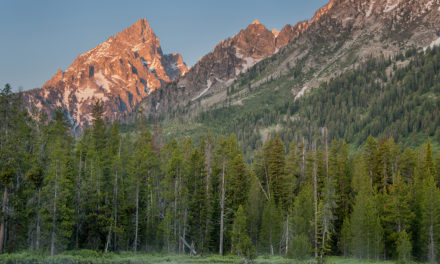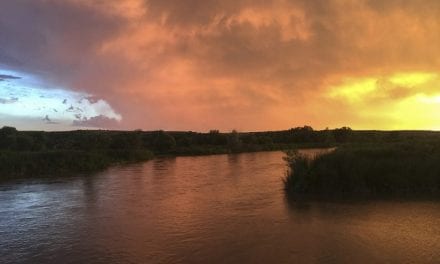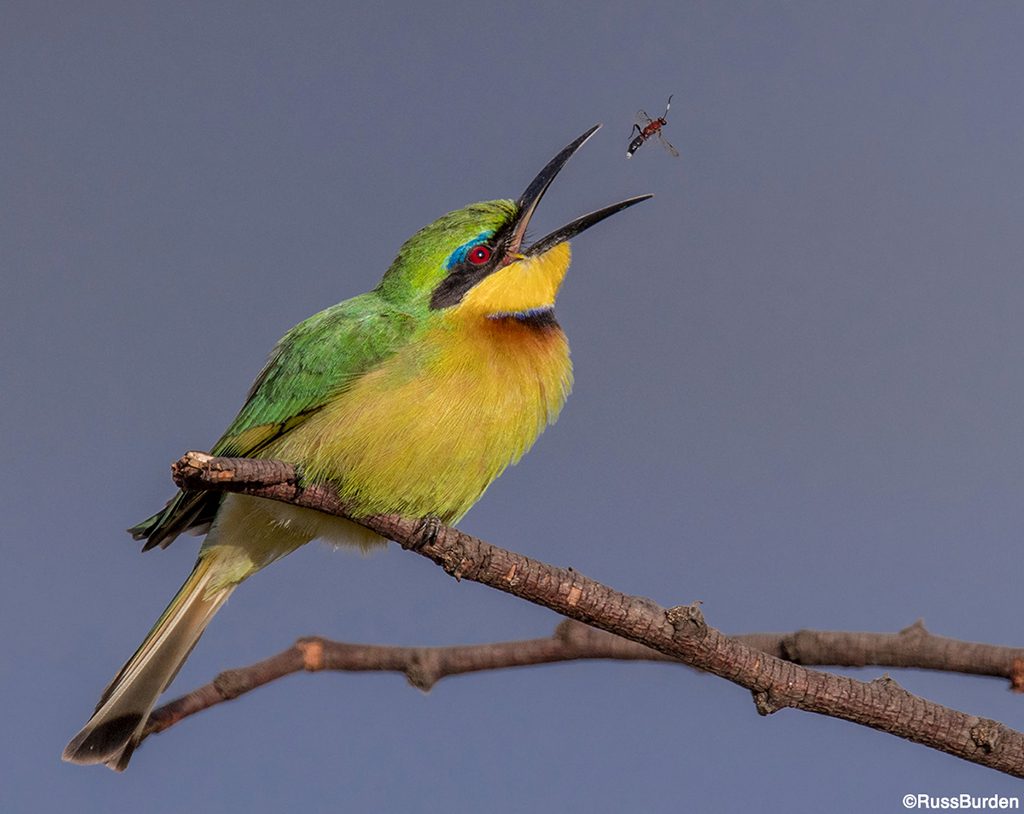
Every photographer has a unique way to see the world. Some use telephoto eyes, others exercise wide-angle ones and some avail themselves to macro eyes. Any one of the three can be used to capture great photos. The more the eye becomes trained to see compositions, the easier it is to become “amb-eye-dextrous.” It’s all part of making sure you don’t overlook any image when you’re in the field. The expression I use all the time is “exhaust all possibilities.”
Telephoto Eyes
Those with telephoto eyes want the subject to fill the frame or bring things much closer than they appear to the naked eye. Telephoto lenses are used to bring distant objects closer, isolate pieces of a whole and compress perspective. With these ideas in mind, they’re wonderful tools to create wildlife images or photos of faraway subjects.
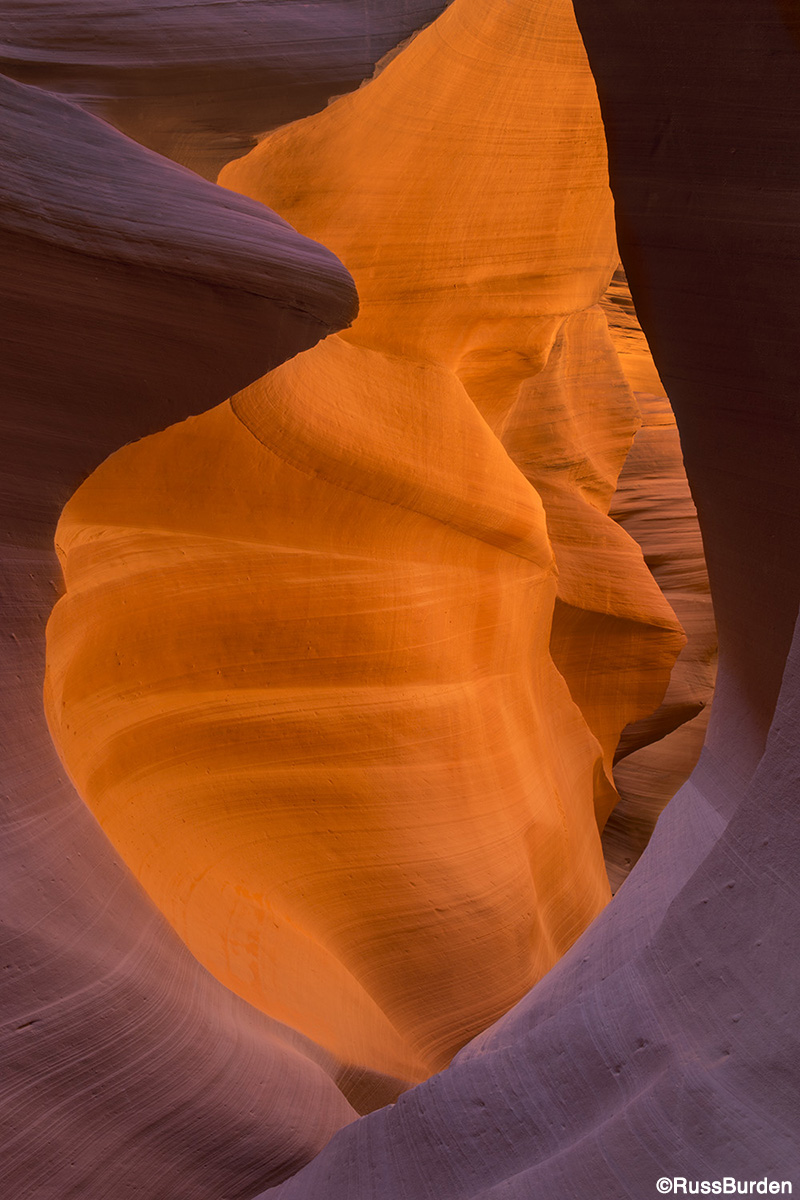
For example, a mountainside of autumn-colored trees may form a striking pattern. But, sometimes, some sort of obstacle impedes the photographer from getting close to make a picture. Telephoto eyes to the rescue.
Telephotos work well to isolate and extract portions of a whole. In that a telephoto can compress perspective, they create the illusion that subjects that are far apart are closer than they are.
Wide-Angle Eyes
Those with wide-angle eyes want to push subjects farther away or take in much of the environment. Wide-angle lenses distort perspective the opposite way a telephoto does. Everything is perceived as if it’s nudged farther away. It also seems that the world is wider and taller given their broader field of view. These characteristics can be used to generate great landscapes and produce images in which the photographer must work in tight spaces. Subjects that come to mind are sweeping sand dunes, fields of sprawling flowers, canyon and cave photography and photos that depict wildlife in their environment.
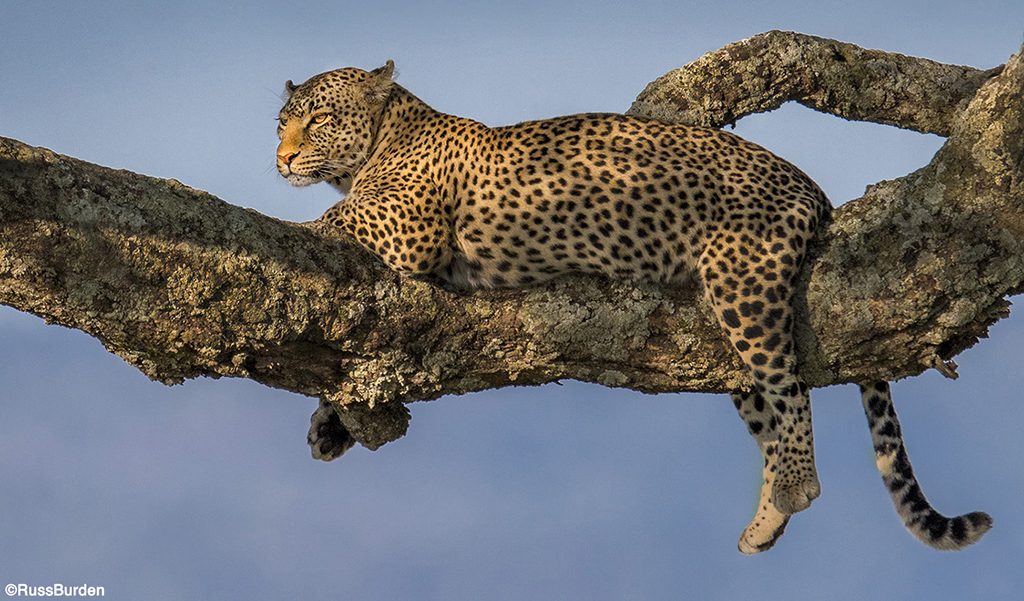
Macro Eyes
Those with macro eyes want to become one with small subjects or extract patterns and shapes from a whole. The use of macro lenses allows one to get close. To move in tight on almost any subject opens a whole new world of possibilities when viewed in macro mode. Items the size of a dime can fill the frame. Details on a bee’s face can be seen. Dewdrops become giant balls of water. Hours can be spent photographing in a 10-by-10-foot square.
When photographers enter the macro arena, they can expand the number of pattern-, texture- and shape-related images in their files. Move in close to the underside of a leaf, nature’s lines etched in granite, the bark of a tree or even part of a flower. A magnitude of images can be made from a single item.
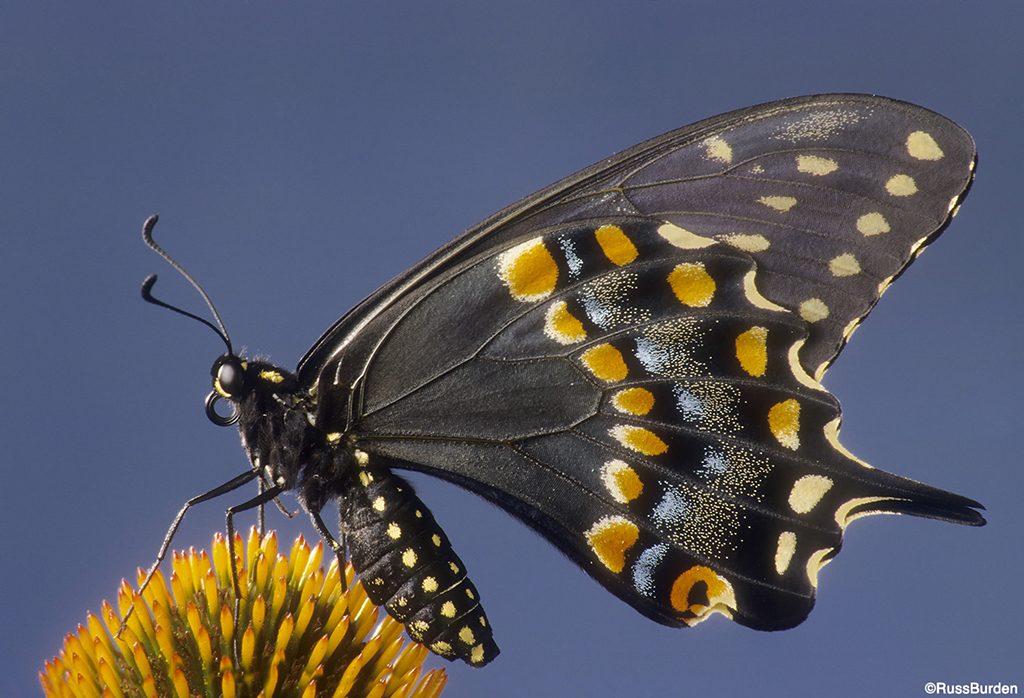
Regardless of the type of eye to which you gravitate, to become “amb-eye-dextrous,” you need to understand the concept of point of view. This relates to your image-making angle. It’s determined by how high or low you are when you click the shutter.
A low, ground-level vantage point gets a photographer close to the foreground and creates a unique perspective. It’s an underused angle, and I encourage you to adopt it and add it to your repertoire.
A high vantage point allows a photographer to shoot down on a subject and gives an overview of the area. Most pictures are shot from eye level and they all tend to look the same. Choose a low or high angle from which to shoot to add visual drama and develop wide, telephoto and macro eyes.
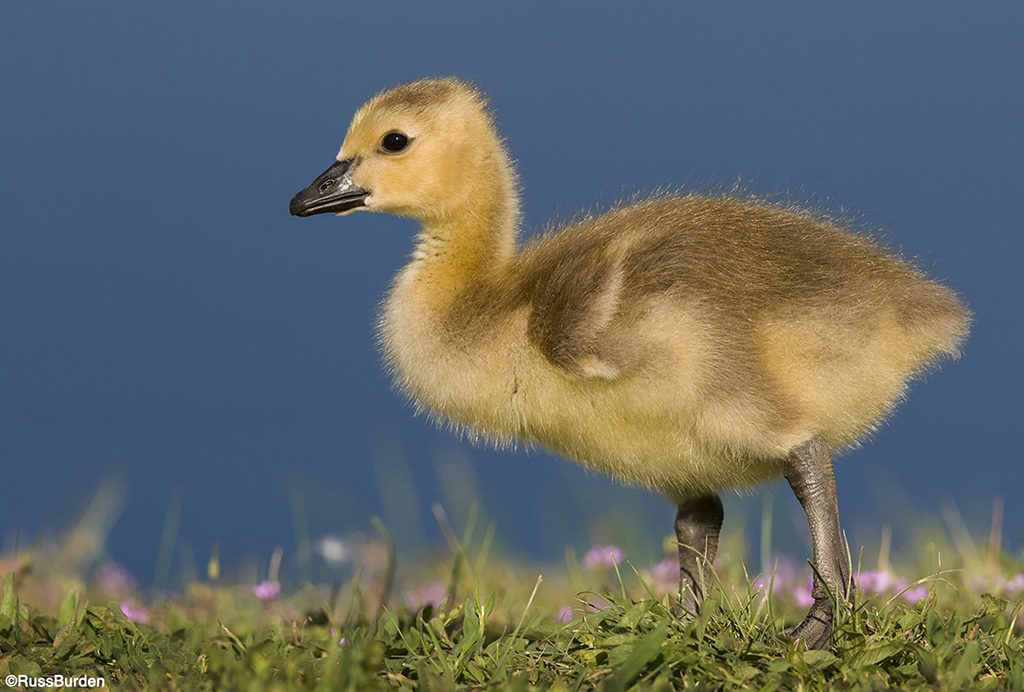
Low angles often mean laying down on the ground. You get close to the foreground and shoot across it. Not only does this technique provide a unique perspective, it also gives the subject dominance and stature. The resulting photographs become powerful.
When a lens is pointed up, distortion in the form of keystoning occurs. Lines at the top of the photo converge. The “film plane” is no longer parallel to the subject. This distortion can be exploited by deliberately exaggerating the keystoning effect when a super wide is on the camera. The wider the lens, the greater the distortion.
Visit www.russburdenphotography.com for information about his nature photography tours and safari to Tanzania.
The post The Eyes Have It appeared first on Outdoor Photographer.

